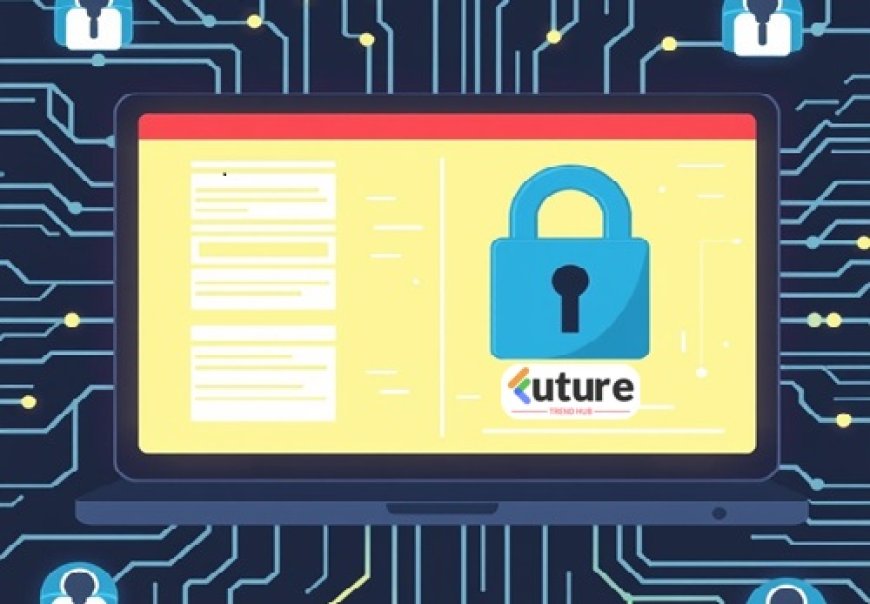Cybersecurity in 2025: Protecting Your Digital World from Evolving Threats
In today’s digital-first world, cybersecurity is no longer optional—it’s essential. With businesses, governments, and individuals relying heavily on technology, the rise in cyberattacks, data breaches, and ransomware incidents has made online protection a top priority. As we step into 2025, understanding the latest cybersecurity trends and practices can help safeguard sensitive information and ensure digital trust.

What is Cybersecurity?
Cybersecurity refers to the protection of computer systems, networks, and data from unauthorized access, theft, or damage. It involves a mix of technologies, processes, and practices that secure digital assets against malware, phishing attacks, social engineering, ransomware, and hacking attempts.
Why Cybersecurity Matters in 2025
The global shift toward remote work, cloud computing, AI-powered solutions, and IoT devices has expanded the digital attack surface. Cybercriminals are using advanced tools to exploit vulnerabilities, making robust cybersecurity measures critical. A single data breach can result in:
-
Financial losses worth millions
-
Legal consequences due to data privacy laws
-
Damage to brand reputation
-
Loss of customer trust
Top Cybersecurity Threats to Watch Out For
-
Ransomware Attacks – Hackers lock critical data and demand payment for access.
-
Phishing Scams – Fraudulent emails and links trick users into revealing personal details.
-
Cloud Security Risks – Misconfigured cloud storage exposing sensitive data.
-
AI-Powered Cybercrime – Attackers leveraging artificial intelligence to bypass security systems.
-
IoT Vulnerabilities – Smart devices becoming gateways for hackers.
Best Practices for Strong Cybersecurity
To stay protected in 2025, businesses and individuals should adopt the following strategies:
-
Use Strong Passwords & MFA – Enable multi-factor authentication to reduce unauthorized access.
-
Update Software Regularly – Keep systems, apps, and security patches up to date.
-
Invest in Firewalls & Antivirus – Essential tools to detect and block threats.
-
Conduct Cybersecurity Training – Educate employees about phishing and safe browsing.
-
Back Up Data Frequently – Protects against ransomware and accidental loss.
The Future of Cybersecurity
As cybercriminals evolve, so must defense mechanisms. Emerging technologies like Zero Trust Security, Blockchain, AI-driven threat detection, and Quantum Encryption are set to redefine cybersecurity. Organizations that invest in proactive security measures today will be better prepared for tomorrow’s threats.







